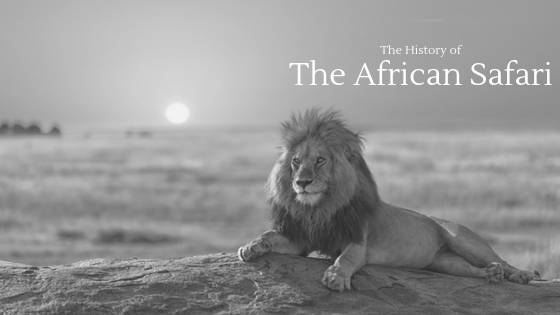
The History of the African Safari
The First Safari
The first great wildlife-watching expedition in Africa was made by a British amateur naturalist named Cornwallis Harris, who crossed the Transvaal of South Africa in 1836 in an ox-wagon. During his travels he took time sketching gemsbok and stalking kudu, but the word, "safari," only appeared in the English language in the late 19th century. Its origins were originally Arabic: safara, to unveil or discover. It eventually was adapted to become as we know it today: "safari," the Swahili noun for any journey, later adopted into the English language as any long "sporting expedition" in Africa.
Ivory Hunters
Many of the first safaris were actually conducted by professional ivory hunters. Mostly English upper crust residents of Kenya, Tanzania and Uganda, they collected thousands of elephant tusks to be turned into piano keys and billiard balls in Europe. Of these hunters, the most famous, by far, was Frederick Selous, the eventual model for Allan Quartermain, the hero in H. Rider Haggard's adventure story, King Solomon's Mines; in the Hollywood version, he is played by the stalwart Stewart Granger. Leisure travelers soon followed.
The Popular Explorers
In 1892, British aristocrat, Lord Randolph Churchill, went on safari and brought with him 20 tons of baggage, including a piano and a dozen crates of Bollinger champagne. A few years later, former US president Teddy Roosevelt stalked East Africa for nine months, accompanied by 500 Swahili porters, shooting some 4,900 mammals, 4,000 birds and 2,000 reptiles for the Smithsonian Museum. However, the most influential expedition of all time is the least known today.
The First Photo Safari
In 1903, an obsessive young German named C.G. Schillings led the first "photo-safari" in history. Instead of high-powered rifles, Schillings' porters lugged enormous crates, full of unwieldy camera equipment and glass plate negatives (some of which were 16x20 inches). The low-tech photo shoot was not entirely a success. Kilos of magnesium powder were needed for the flashes that would illuminate each photo, even during the day. Schillings' camera lenses were so short that he had to use live cows as bait to attract lions within shooting range. He started a trend. While hunting safaris continued to be popular even into the 1960s, wildlife became protected in East Africa. The implication of Schillings' expeditions combined with the more protected African lands lead the way for visitors to roar along the dirt trails in 4WD jeeps and wield 200 mm Nikon lenses instead of Winchester rifles. Even the most amateur shutterbug can capture better photos than poor Herr Schillings - although perhaps with less of a story to tell.
